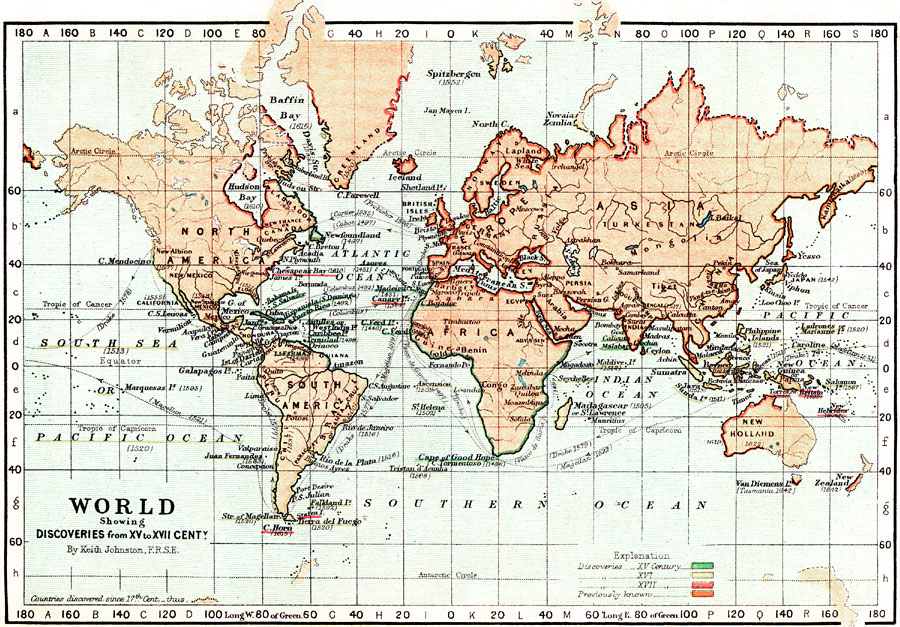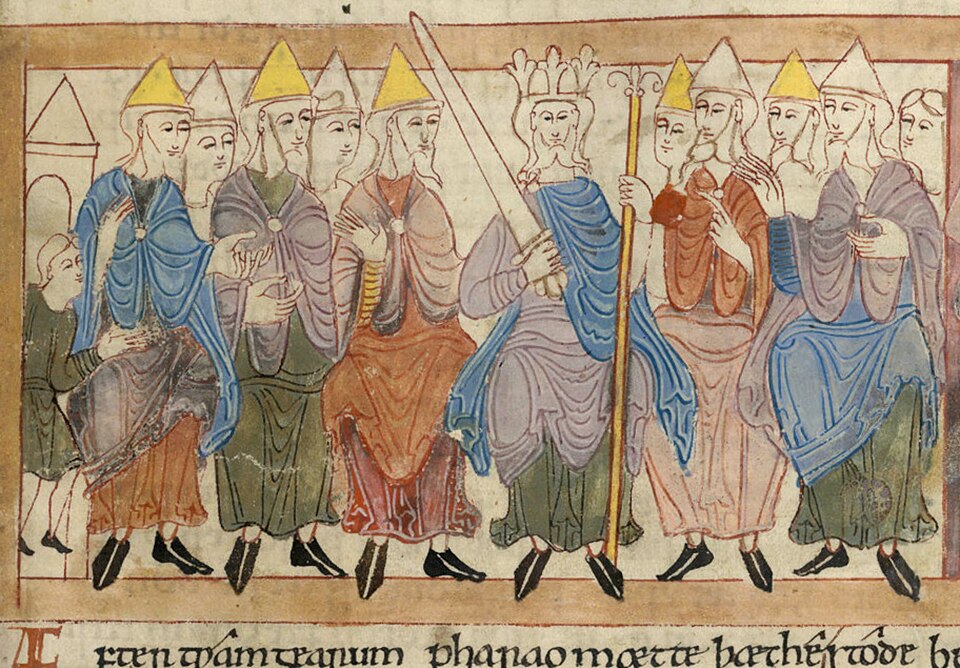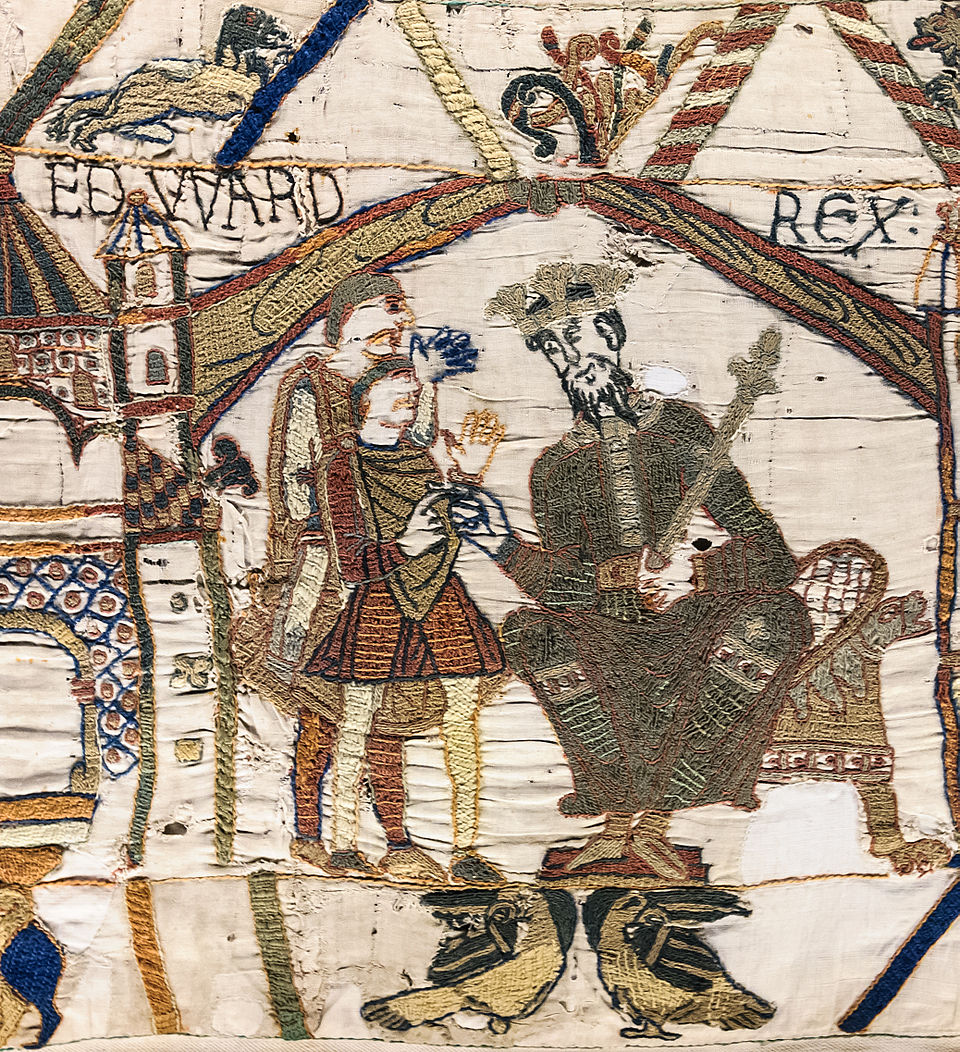OCR Specification focus:
‘Edward’s upbringing, the problems he faced and leadership qualities; Edward’s policies (taxation, law and order, government and administration, military organisation); Edward’s Norman connections.’
Edward the Confessor’s reign was shaped by his early life in exile, his governance strategies, and his controversial ties to Normandy, which influenced English politics and foreign relations.
Edward’s Upbringing and Background
Edward was born in 1003/1005, the son of Æthelred the Unready and Emma of Normandy. His formative years were disrupted by the Danish conquest of England under King Cnut in 1016. Following his father’s death and the rise of Cnut, Edward spent much of his youth in Normandy, likely at the ducal court. This period in exile had profound effects:
He developed strong cultural and personal connections to the Norman nobility.
He was distanced from English political life, limiting his practical experience in Anglo-Saxon governance before ascending the throne in 1042.
Exile: The state of being barred from one’s native country, typically for political or punitive reasons.
His return to England was politically orchestrated, capitalising on his legitimate royal bloodline and his lack of immediate heirs, which made him a politically acceptable choice for various factions.
Problems Faced on Accession
When Edward took the throne in 1042, he faced several challenges:
Powerful earls, especially the Godwin family, whose influence rivalled that of the crown.

A colour-coded map of England in 1065 showing the earldoms of the House of Godwine, the House of Leofric, and others. This visual clarifies how regional power blocs constrained royal authority under Edward. Extra detail: the map also includes shire boundaries and terrain features, which are not required by the syllabus. Source
Continuing Danish influence in politics and culture, particularly in the Danelaw regions.
Managing tensions between the Anglo-Saxon elite and the rising Norman presence in England.
Balancing the competing interests of the Church, nobles, and foreign allies.
Leadership Qualities
Edward’s leadership style was often described as pious and diplomatic, but also passive in dealing with assertive magnates. His strengths included:
A reputation for religious devotion, enhancing his moral authority.
Ability to mediate disputes between rival factions.
Use of symbolic kingship and ceremonial to reinforce royal legitimacy.
However, his reluctance to confront powerful nobles directly sometimes weakened royal authority.
Edward’s Policies
Edward implemented a range of policies across different areas of governance.
Taxation
Edward continued the geld (land tax) system established by previous kings, which provided revenue for defence and administration. He adjusted taxation levels according to military needs, particularly in response to threats from Scandinavia.
Law and Order
Edward upheld the Anglo-Saxon legal tradition, including:
The king’s peace — a royal guarantee of protection for subjects.
Maintenance of hundred and shire courts for local justice.
Support for the Church’s role in enforcing moral and legal codes.
King’s Peace: A legal principle guaranteeing protection to individuals under the authority of the king, breaches of which were punishable by royal justice.
Government and Administration
Edward maintained the Witan, the council of leading nobles and clergy, as a central decision-making body.

An 11th-century manuscript scene of a king seated among advisers, illustrating the dynamics of royal counsel. Although the image portrays a biblical court from the Old English Hexateuch, it effectively demonstrates how a ruler received advice — analogous to the Anglo-Saxon Witan. Extra detail: the scene’s biblical subject is not required by the syllabus but helps visualise council procedure. Source
His administration relied on:
Experienced Anglo-Saxon officials.
A network of sheriffs responsible for law enforcement and tax collection.
Integration of some Norman administrators, reflecting his continental connections.
Military Organisation
Edward preserved the fyrd system — a part-time levy of free men for defence. He also:
Utilised housecarls (professional warriors) for the royal household guard.
Strengthened coastal defences in response to Scandinavian raids.
Relied on alliances with powerful earls for regional defence.
Fyrd: The Anglo-Saxon system of conscripting free men for short-term military service to defend the realm.
Edward’s Norman Connections
Edward’s time in Normandy shaped his preferences in court culture and administration:
He invited Norman clerics and nobles to England, some of whom gained high-ranking positions.
His marriage to Edith, daughter of Earl Godwin, was politically significant, but his preference for Normans fuelled tension with the Godwin family.
Norman influence was evident in architecture, religious reform, and military practices.
These connections also had diplomatic implications:
Improved relations with the Duchy of Normandy under Duke William.

Edward the Confessor sits enthroned receiving Harold Godwinson in the opening scene of the Bayeux Tapestry. The image visualises Edward’s court culture and the personal networks that linked England and Normandy. It reinforces the diplomatic context behind later claims about succession. Source
Fuelled speculation that Edward promised William the throne, a claim later central to the events of 1066.
Created resentment among Anglo-Saxon nobles, contributing to political instability.
Balancing Anglo-Saxon and Norman Interests
Edward’s reign was a constant balancing act:
Favouring Normans risked alienating the powerful Anglo-Saxon aristocracy.
Relying on the Godwins increased their dominance, threatening royal independence.
His inability to produce an heir intensified succession disputes, intertwining Norman and Anglo-Saxon rivalries.
By 1066, Edward’s policies, leadership style, and Norman connections had left a legacy of both strengthened royal prestige through religious piety and weakened political control due to overreliance on competing noble factions. His continental ties, in particular, played a decisive role in shaping the events leading to the Norman Conquest.
FAQ
Edward’s time in Normandy exposed him to the reform movements within the Norman Church, which emphasised stricter monastic discipline and closer ties to the papacy.
He brought several Norman clerics to England, appointing them to bishoprics and abbeys. This not only introduced continental ideas about church organisation and architecture but also increased tensions with the Anglo-Saxon clergy, who sometimes viewed these newcomers as outsiders.
Edith was the daughter of Earl Godwin, the most powerful earl in England. Marrying her created an alliance intended to stabilise Edward’s position by securing Godwin’s support.
However, the marriage was reportedly strained, and the lack of an heir meant the political benefits were temporary. This also left the succession question open, heightening political instability later in his reign.
Edward rewarded Norman allies with positions in court, the Church, and the royal household. This often displaced established Anglo-Saxon nobles and clerics.
Some nobles perceived these appointments as favouritism, eroding trust in the king.
Tensions culminated in confrontations such as the 1051–1052 crisis, when the Godwins were temporarily exiled after disputes with Norman favourites.
Housecarls were a professional, well-armed bodyguard who served the king year-round. They were typically equipped with axes, swords, and mail armour.
They provided a reliable military force independent of the fyrd and were crucial for defending the king’s person and enforcing his authority. However, maintaining them was costly, so their numbers were limited compared to the part-time fyrd levies.
Edward relied on a network of sheriffs in each shire to collect taxes, enforce laws, and oversee local courts.
Central authority was maintained through the Witan and royal writs, but much day-to-day governance was in the hands of local lords and officials. This decentralised system meant local customs were preserved but also gave powerful earls significant autonomy.
Practice Questions
Question 1 (2 marks)
Name two policies introduced or maintained by Edward the Confessor that related to the administration of England.
Mark Scheme:
1 mark for each valid policy, up to 2 marks total.
Acceptable answers include:Continuation of the geld (land tax)
Maintenance of hundred and shire courts
Retention of the Witan as a decision-making body
Use of sheriffs for law enforcement and tax collection
Integration of Norman administrators into government
Question 2 (5 marks)
Explain two problems Edward the Confessor faced when he became king in 1042.
Mark Scheme:
Award up to 3 marks for each well-explained problem, to a maximum of 5 marks.
1 mark for identifying a relevant problem, 1 mark for basic description, and 1 mark for a developed explanation of its significance.
Acceptable problems include:Power of the great earls, particularly the Godwin family — challenged royal authority and could act independently.
Continuing Danish influence, especially in the Danelaw — created cultural and political divisions.
Balancing Anglo-Saxon and Norman factions — risked alienating one side while favouring the other.
Limited personal experience in English governance due to years in exile — affected his political authority early in his reign.

